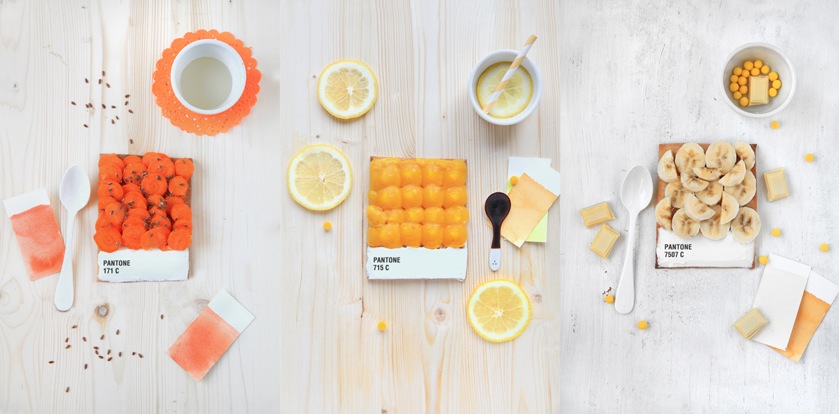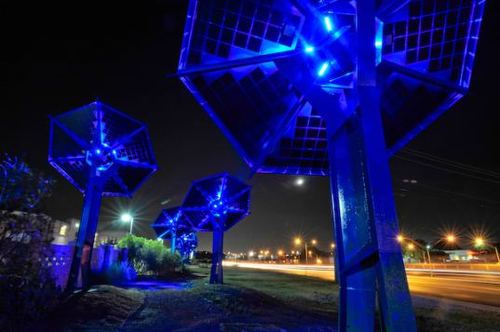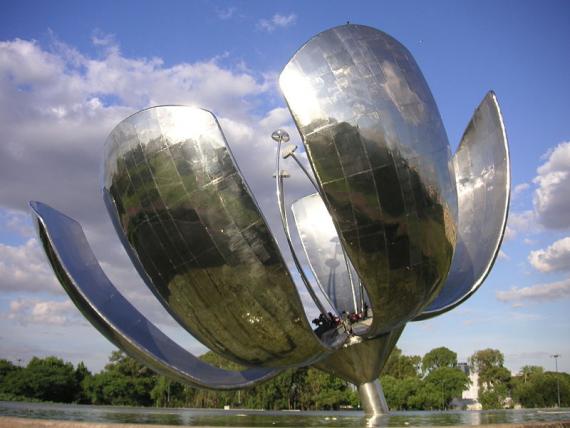Every year we review our analytics to highlight what you, our readers, have found the most compelling. In 12 short months, we have witnessed the overwhelming dominance of AI and 2022’s hottest topic (NFTs) go bust. The top 10 listed below show how YOU have followed the change over 2023.
TBT: Art and AI
In late August, Jason Allen's AI-generated artwork "Théâtre D'opéra Spatial" took first place in the digital category at the Colorado State Fair. One critic called it "the death of artistry." But others, like Shelly Palmer, say if he crossed a line, "we’ve been walking up to the edge for decades." Allen himself believes AI-generated art will eventually become its own category.
Today, we're looking back at some of the ways AI has been incorporated into the visual arts realm.
NFTs Legal Considerations and Implications
In early 2021, the $69M sale of Everydays – The First 100 days, by Beeple, sprung NFTs from a niche but growing section of the digital art world into the mainstream public consciousness. Google searches for NFTs skyrocketed. Saturday Night Live spoofed the rapid sector growth with a parody of Emenim’s “Without Me” entitled “What the Hell’s an NFT.” A 10 second clip of the sketch was subsequently turned into an NFT which sold for $365,000. As pop culture awoke to and embraced this facet of the digital art world, so too has the urgency for artists, museums, and collectors to understand the rapidly evolving legal considerations within the NFT space.
AMT Lab News Roundup: Best of January
Sweet Pantone Tarts
 Spring seems to have sprung here in Pittsburgh, and having a week off on spring break makes everything seem lovely. It is under that guise I present this post to you purely for aesthetic reasons.
Emilie Guelpa is a French artist/blogger/chef who has created these masterful (et très mignon) tarts inspired by Pantone colors. While I can totally imagine eating them in the café of an art museum, they were created for the magazine Fricote and posted on her blog Griottes. While the blog is currently French only, Guelpa promises an English translation version very soon. In the mean time, you can check out her Pinterest and dream about delightfully colorful tarts.
Spring seems to have sprung here in Pittsburgh, and having a week off on spring break makes everything seem lovely. It is under that guise I present this post to you purely for aesthetic reasons.
Emilie Guelpa is a French artist/blogger/chef who has created these masterful (et très mignon) tarts inspired by Pantone colors. While I can totally imagine eating them in the café of an art museum, they were created for the magazine Fricote and posted on her blog Griottes. While the blog is currently French only, Guelpa promises an English translation version very soon. In the mean time, you can check out her Pinterest and dream about delightfully colorful tarts.
Well, that’s all I’ve got. I hope you have a great weekend planned and nice weather to enjoy it!
Coming Soon - MOCA TV
Wanna check out a documentary on street artists? Maybe an interactive, educational art program? Turn your dial to YouTube, and check out the new channel from the Museum of Contemporary Art (MoCA) in Los Angeles, called MOCA TV. Part of YouTube’s original programming initiative, MOCA TV is the first contemporary art and culture channel in the programming. It will be “aggregating, curating and generating the strongest artistic content from around the world” according to MOCA TV Channel Executive Jeffrey Deitch. MOCA TV original programming will feature global art news, art and music, art and fashion, artists in the studio (think MTV “Cribs” style), and aforementioned educational pieces in a series called “MOCA Univerisity”.
Deitch referred to MOCA TV as “the ultimate digital extension of the museum”, which has us curious about this growing digitization of art museums. The Walker Art Center’s new magazine-style website, increasingly sophisticated web exhibitions around the world, and MOCA TV point to general embrace of modern technologies.
MOCA TV has a July 2012 release date, so we have a while before we start streaming any shows. Shepard Fairey’s design studio is doing the graphic identity and an extensive social networking campaign promises MOCA TV will be cool and on point with tech-savvy Millennials. In the mean time, what original arts programming do you like to enjoy on YouTube?
Green Art, Green Energy
It’s hard to dispute that the United States is in need of more efficient energy solutions, and green energy is an appealing solution. During a November 8th appearance on The Daily Show, former President Bill Clinton predicted solar energy “within five [years] will be competitive in price with coal”. Solar energy undoubtedly has earned the attention of the energy industry, but what about the art world? To recap, solar energy is the energy created by new technologies that converts the energy of light into electricity. This article will focus on the energy created with “solar cells” or “photovoltaic cells”, which are panels that create solar power using the photovoltaic effect.
Which, to be fair, begs the question: If something utilizes solar panel technologies to create energy, therefore has a specific function, can it be art? That’s a high level question that I’m not prepared to get into, so for the sake of this article let us assume architect Louis Sullivan was correct in saying “form ever follows function”.
Upon consideration, it should be quite obvious the form that would be denote the aforementioned function of converting light to electricity: a plant. After all, nature has the best system for converting light into usable energy, why would our own solar-power generating objects assume any other form?
SunFlowers, An Electric Garden as seen at night
SunFlowers, An Electric Garden designed by Mags Harries and Lagos Heder for Austin, Texas answers just that question with 15 giant SunFlower sculptures covering a thousand feet of space along the Interstate 35 Highway. The solar flowers collect energy to power their blue LED lights at night and send the remaining energy to the city’s power grid. At the time of this article, 330,316 kilowatt hours of clean energy have been generated by the sculptures. That’s roughly the equivalent of 10,735 days of electricity usage in an average American house.
If that scale seems a little large, perhaps Darren Saravis’s SolarFlora will appeal to you. These thirteen foot flower sculptures generate solar energy to power its own light as well as outlets at the base of the sculpture that passersby can use for a quick charge. SolarFlora is from the product-development firm Nectar Design, and meant to generate energy from within the heart of a city.
Floralis Generica, open during the day
Perhaps the most stunning visualization of this is Floralis Genérica of Buenos Aires, Argentina. Built near the National Museum of Fine Arts, the giant sculpture responds to light and opens its petals during the day and shuts them at night. Four nights a year this stunning piece is lit and remains open after dark. The name, Floralis Genérica, is meant to represent all flowers in the world and its opening daily symbolizes a hope that appears anew each day. All of these solar-powered art pieces personify a future possible with clean energy sources. If creating green energy can be something beautiful, what reasons could we have not to utilize it?
Talk to Me at MoMA
Changing The Way You See With Augmented Reality
When looking ahead at what will be the most exciting technology for the arts in the coming year, augmented reality is bound to pop up in the conversation. You may be familiar with augmented reality already. The National Football League has taken advantage of this technology for years to project lines of scrimmage and game time information onto the field in real-time during television broadcasts. So what exactly is augmented reality (AR)? According to Wikipedia:
Augmented reality (AR) is a term for a live direct or indirect view of a physical, real-world environment whose elements are augmented by computer-generated sensory input, such as sound or graphics.
AR layers digital elements on top of our view of the everyday world. This overlay can be done in a number of ways: through the use of handheld devices like smartphones, through desktop computers with a webcam, by wearing specialized headsets, or by projecting a digital images/animations onto a real world location.
Since AR has the possibility to create such a unique visual experience, it naturally has attracted adopters from the creative community. Here are just a few cool projects taking advantage of AR:
DIY Day MoMA – Augmented Reality Art Invasion! On October 9th, 2010, Sander Veenhof and Mark Skwarek decided they would circumvent the traditional art world and host their own exhibition at the Museum of Modern Art using AR. The artists took advantage of the augmented reality viewer app Layar, currently available only on iPhone and Android devices, to create a virtual exhibition of digital works. By downloading the Layar app and loading the “AR Exhibition” layer, anyone with a camera-enabled smartphone or mobile device can view numerous digital artworks throughout MoMA. This includes both 2-D and 3-D images and animations and an additional 7th floor that only exists in the world of AR. The digital artworks have continued to be on display since DIY Day wrapped up in October.
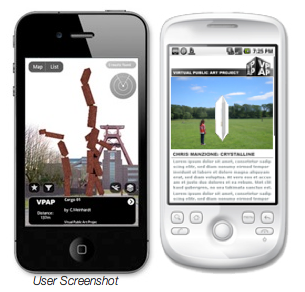
The Virtual Public Art Project Also utilizing the Layar app, the Virtual Public Art Project (VPAP) takes the idea of AR artworks one step further by placing pieces around the globe. The artworks can be viewed in the round and from multiple perspectives, just as you would be able to with a real piece of public art. Check out some of the current works on display on VPAP’s website . If you’re interested in creating your own piece of AR artwork for the public, VPAP puts out multiple calls for submissions.
The Macula Project – Mapping 600 years of history The Macula Project is comprised of a group of artists exploring the relationship between image, sound and the viewer. The city of Prague was searching for a way to celebrate the 600th anniversary of the astrological clock tower situated in the center of the city and turned to the Macula Project for a creative solution. The artists at the Macula Project turned to AR for the project and projected this stunning work that took the audience through the 600-year history of the clock tower. Macula was able to achieve this by digitally mapping the building beforehand and tailoring their animation so when it ran through a digital projector, the perspective lined up perfectly with the real life clock tower.
The Getty Museum – Exploring the Augsburg Display Cabinet in 3-D
If there is one frustrating roadblock shared across the gamut of art lovers, it’s the frustration over not being able to personally handle and explore a piece of art in a museum. The Getty Museum understood this burning desire and took advantage of AR technology to let their visitors have a more in-depth exploration of one of the pieces from their decorative arts collection. Using an online program launched within a web browser, a computer’s built-in webcam, and a printed out “AR tag”, an art lover can handle a 3-D model of a 17th century collector’s cabinet. By rotating and tilting the AR tag, the cabinet will spin 360 degrees and various doors can be opened and explored.
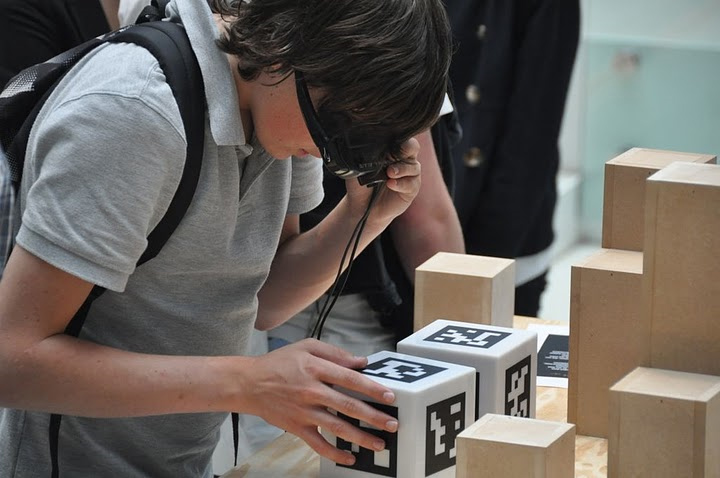
The University of Gronigen – Giving students X-ray vision Part of a permanent exhibit in their Hall of the Bernouilliborg, the University of Gronigen teamed up with Science LinX and Nanopodium to create a unique science experience for their students. The exhibit is comprised of multiple boxes covered with AR tags. By wearing a special set of glasses containing display screens and a camera, the boxes’ walls suddenly disappear for the user. The user can then tilt and turn the now ‘hollow’ box that contains various types of 3-D science-related models, such as a model of a chain of molecules.
The types of projects that are now possible with augmented reality are rapidly growing and the technology is some pretty exciting stuff to play with. But beyond the wow factor that comes with AR, what are some of the ways that arts organizations can use this technology in worthwhile and innovative ways? Can AR extend to projects beyond the visual arts? Are there ways that this technology can be used to engage with large audiences as well as the individual? I don’t think it is too far a stretch of the imagination to envision actors on stage reacting to digital props or musicians playing digitally created instruments. As with any new tech, it will be exciting to see how AR develops and continues to merge our reality with a digital one.
Does technology appeal to some sixth sense?
The iPad (insert hackneyed joke about the name here) may be the most powerful indicator of the new direction of our experience of museums and reception of art. Interestingly, the iPad coincides with the release of Nina Simon's book, The Participatory Museum. Worth a read, her book refines (and, in a sense, re-imagines) the institution of the museum, casting it as a changeable form that can relate and react to the visitors' experience. This got me thinking. As children we learned about our world through our senses, and an important sense was our sense of touch. Our understanding of our environment was shaped by the information that our tactile experiences relayed, and the power we did or did not have to change the physicality of our surroundings. Space was something that we inhabited, and in so doing, we left some sort of a tangible mark on the world.
Certainly it may be argued that our travels in cyberspace leave trails as well. But are our senses diluted when filtered through technology--and, as consequence, are we reinventing the role of art in our lives? As more and more people receive art from their computers, cell phones, digital devices, is some part of the artistic experience lost?
Certainly, there are many purists who will (and have) vehemently replied, "YES!" Have you ever heard the phrase "the smell of the greasepaint, the roar of the crowd"? Art, whether experiencing or producing art, is a multi-sensory experience. Although digitization of art enhances collaboration and enables the appreciation of a piece by a broader audience, does technology actual remove part of the essence of what it is to both create and receive the artistic experience? Or is the unique way in which the audience interacts with digitized art the new sixth sense?
As a student, I have become acutely aware of the manner in which I interact with my computer-based work compared to that which I can hold in my hand and mark up with pen or highlighter. I find that I am more present, and more focused, when it is not just me and my glowing computer screen. I don't care to read a book electronically, and though I have tried repeatedly to listen to audiobooks (so that I can, surprise!, mult-task), the book-experience is much less fulfilling when it does not involve a tangible, dog-earable, paper-and-ink product that I can hold in my hand.
Producers of today's art can, potentially, consider myriad factors involving reproduction, dissemination, and audience that change as rapidly as technology. The longevity of an artistic reproduction depends on the longevity of the media used to reproduce it. Watching the Met perform in high definition might, in some ways, be better than getting a nosebleed seat at the real thing--but is it as emotionally powerful as seeing the show live? How about appreciating the "Mona Lisa" daily as your desktop image, only to be startled by the appearance of the actual painting, which, in real life, may have hues you'd never seen? Even music pumped through headphones as you run on the treadmill or ride the subway--your other four senses (and likely your brain) are occupied by the business of existence: you are not a captive audience.
Is a diluted experience in order to reach more people a fair exchange? Are we willing to compromise (or perhaps I should say "accept a differently-imagined") artistic experience for the knowledge and understanding that the pixels reach further than the atoms of oil paint: if there are twice as many eyes or ears or minds receiving the art, does it matter that the collective attention of this audience may be only half as riveted as it would be experiencing the art live and in person?
What do you think?










